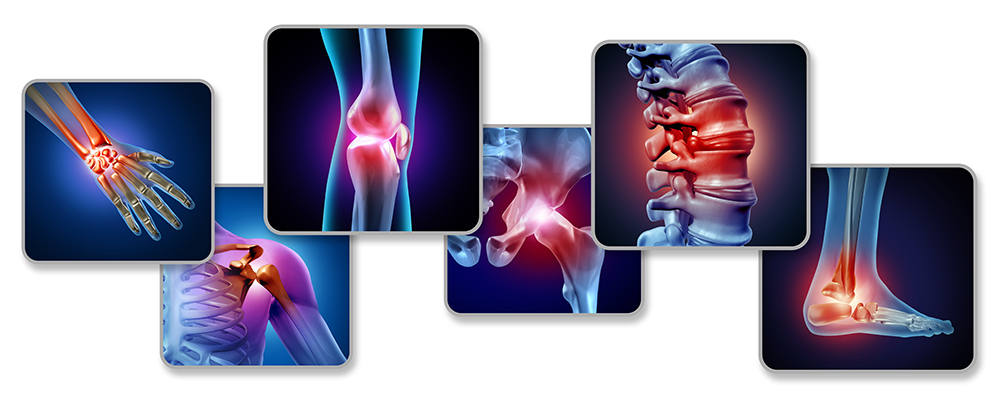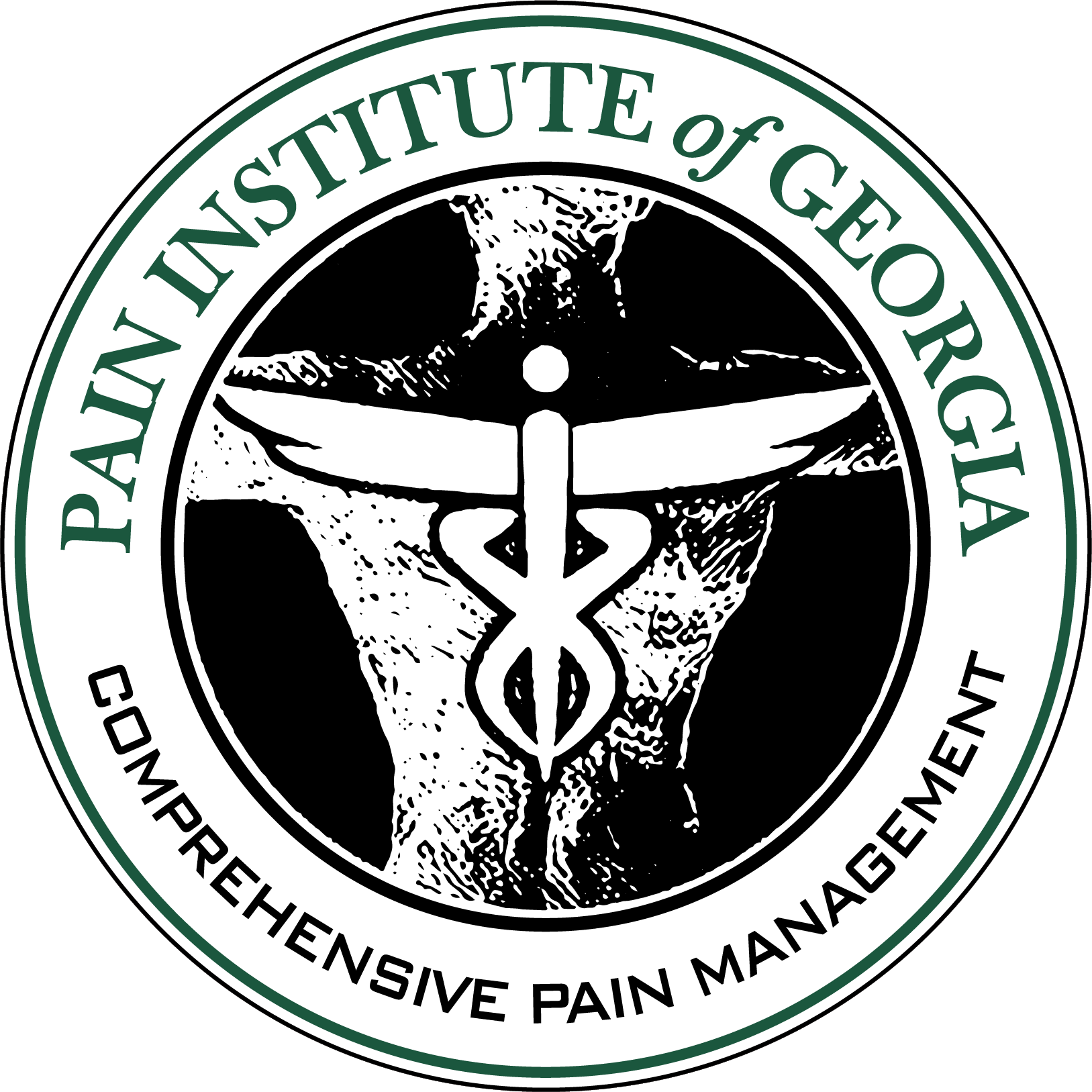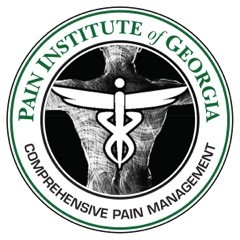
The management of sports injuries has come a long way in recent years. With advances in medical treatments and diagnostics, athletes are now able to recover from injuries more effectively than ever before. However, one of the most important aspects of injury management is still often overlooked: pain management.
Pain is a natural response to injury, but it can also hinder the healing process and make the recovery process much more difficult. That’s why it’s important to find an effective pain management strategy that works for you.
Common Sports Injuries
- Sprains: A sprain occurs when a ligament is stretched or torn. Ligaments are the tissues that connect bones to one another. Sprains are common in sports that involve a lot of jumping or twisting, such as basketball and soccer. Treatment: Rest, ice, compression, and elevation (RICE). Severe sprains may require physical therapy or surgery.
- Strains: A strain is a tear in a muscle or tendon. Strains are common in sports that involve sudden movements, such as sprinting or jumping. Treatment: RICE, physical therapy, and in severe cases, surgery.
- Fractures: A fracture is a broken bone. Fractures are common in contact sports, such as football and hockey. Treatment: Immobilization, either through a cast or surgery, followed by physical therapy.
- Concussion: A concussion is a traumatic brain injury caused by a blow to the head. Concussions are common in contact sports, such as football and soccer. Treatment: Rest and monitoring for symptoms, such as headache, dizziness, and confusion. Severe concussions may require hospitalization.
- Tendinitis is an inflammation of a tendon, which connects muscle to bone. Tendinitis is common in sports that involve repetitive movements, such as running and tennis. Treatment: Rest, ice, anti-inflammatory medication, and physical therapy.
Seeking Professional Medical Help
In order to ensure that you are getting the best possible care for your sports injury, it is important to seek out medical treatment from a qualified healthcare professional like those at Pain Institute of Georgia. Once you have received a diagnosis, they will be able to recommend the best course of treatment, which may include physical therapy, medication, or surgery.
It is also important to follow their advice for how to effectively manage pain. This may include Ice, heat, electrical stimulation, or massage. If you are not sure about something, be sure to ask! By following their recommendations, you can be sure that you are on your way to a speedy and full recovery.

